ID-DOC: general search
Here you can enter a general keyword and perform a general search.
??? What are these question marks doing here? These represent tools which we know by a Dutch or French name, but who's English name is yet unknown. Suggestions are always welcome!
If you cannot find a certain tool, or if you experience other problems with this page, please let us know at info@mot.be.
Search for: tool
Showing search results 401 - 450
1,491 results found
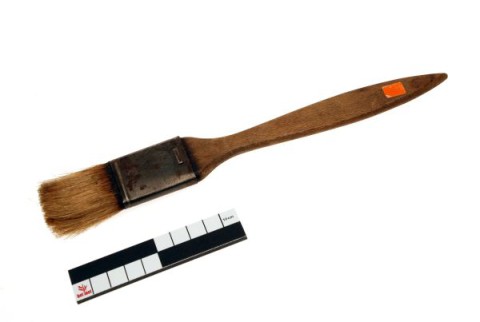
Confectionary brush
This text can only be consulted in Dutch
<https://www.mot.be/resource/Tool/1203?lang=nl>
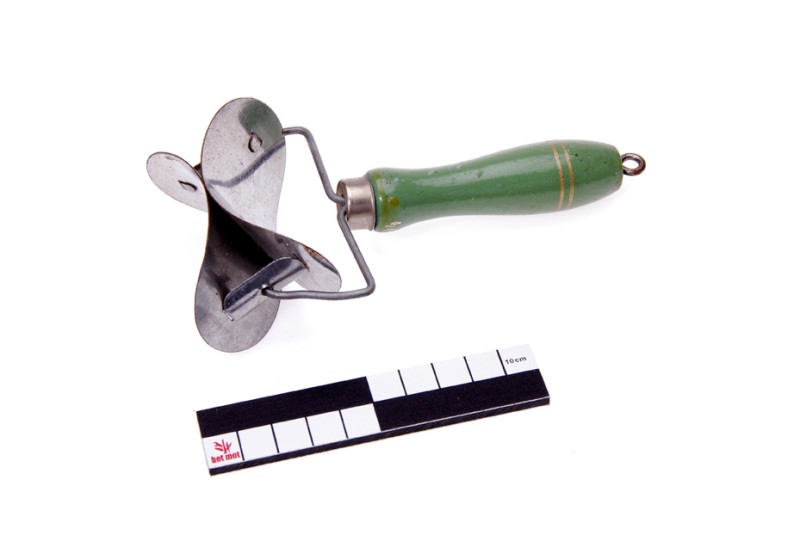
Cookie cutter
This text can only be consulted in Dutch
<https://www.mot.be/resource/Tool/cookie-cutter?lang=nl>
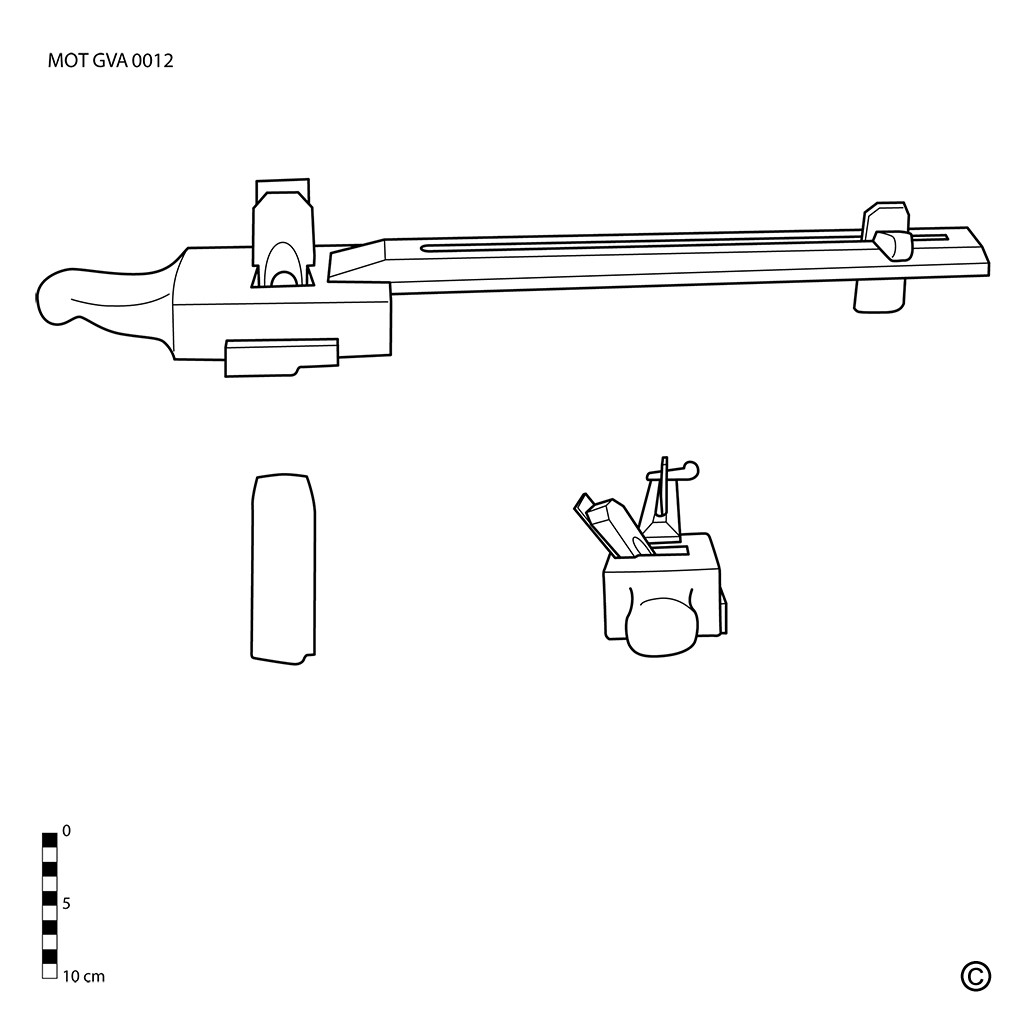
Cooper's bottom chamfering plane
This text can only be consulted in Dutch
<https://www.mot.be/resource/Tool/coopers-bottom-chamfering-plane?lang=nl>
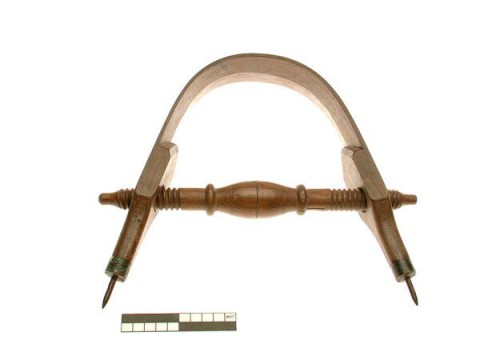
Cooper's bow compass
This text can only be consulted in Dutch
<https://www.mot.be/resource/Tool/coopers-bow-compass?lang=nl>
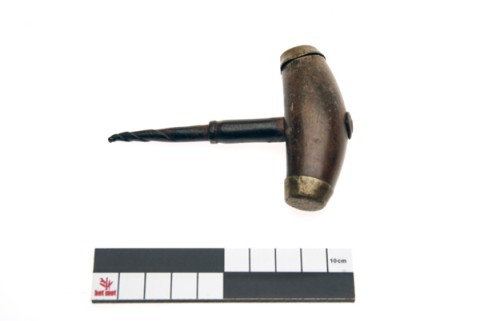
Cooper's bung-borer
This text can only be consulted in Dutch
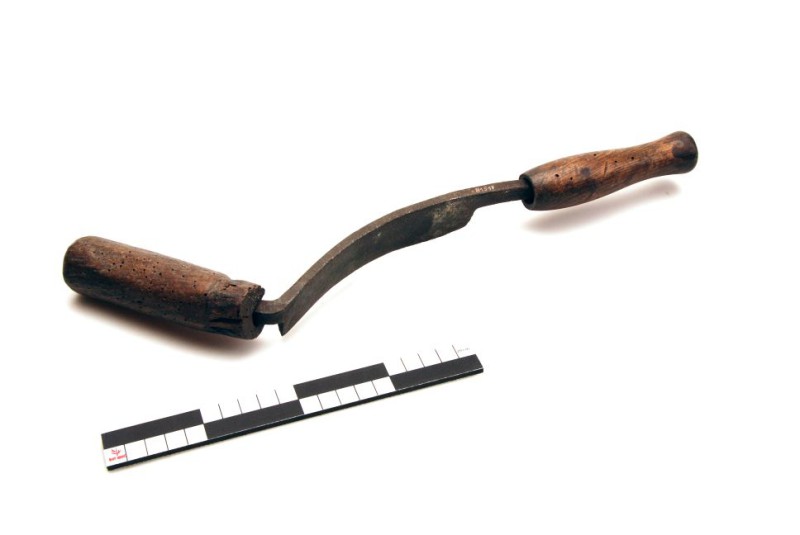
Cooper's chamfering drawing knife
This text can only be consulted in Dutch
<https://www.mot.be/resource/Tool/coopers-chamfering-drawing-knife?lang=nl>
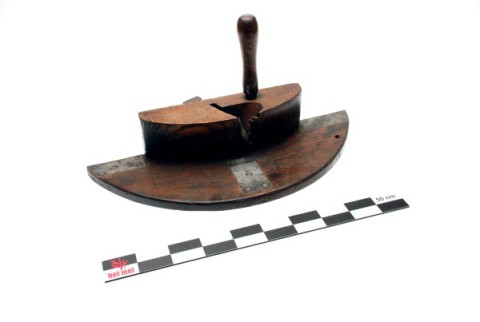
Cooper's chiv
This text can only be consulted in Dutch
<https://www.mot.be/resource/Tool/coopers-chiv?lang=nl>
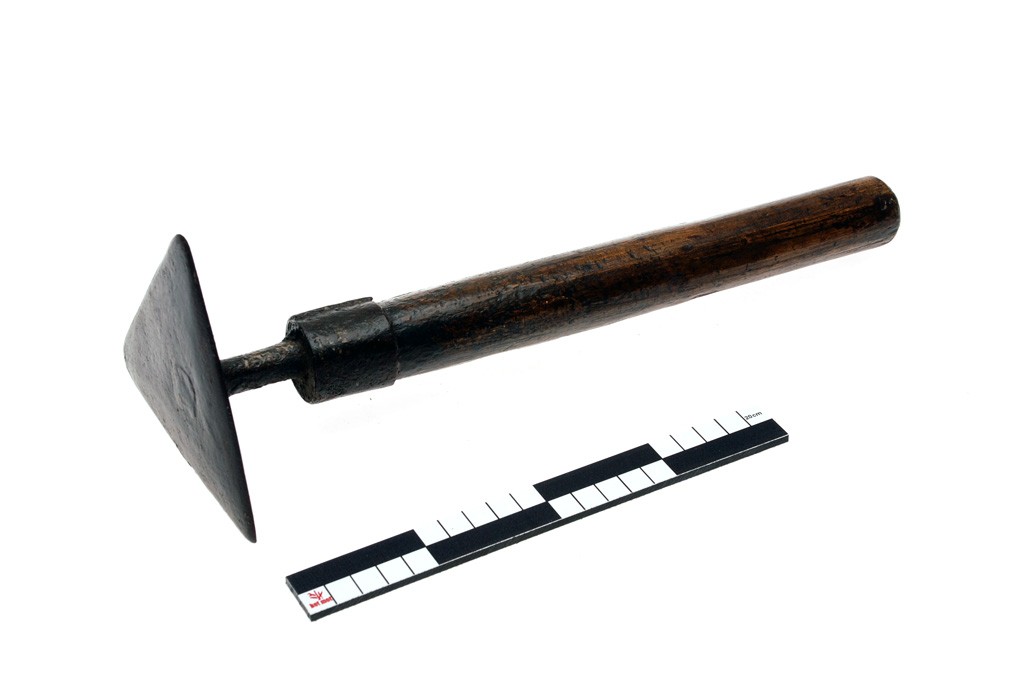
Cooper's handle-scraper
Primarily a painter's tool, the handle-scraper is sometimes used to scrape wood smooth, to clean the interior of a barrel, to finish pottery products, etc. It is usually a triangular metal plate (5-14 cm) with a metal rod in the middle of the surface that sticks into a wooden handle. One of the sides can be arcuate. The tool differs from the cooper's inshave drawing knife in that the direction of the blade and that of the machined part are perpendicular to each other. See also the box scraper, the putty scraper for glass and the foam scraper. [MOT]
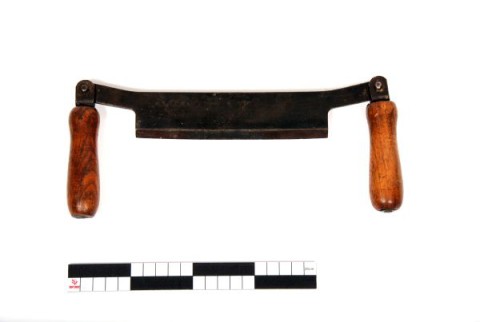
Cooper's heading drawing knife
This text can only be consulted in Dutch
<https://www.mot.be/resource/Tool/coopers-heading-drawing-knife?lang=nl>
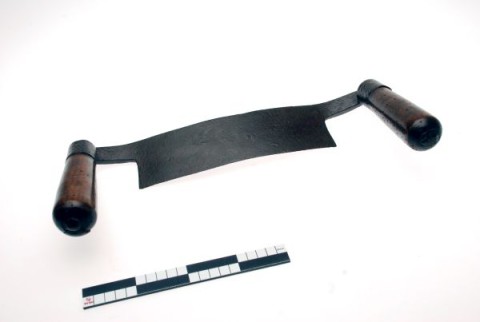
Cooper's hollowing drawing knife
Drawing knife of which the blade is less or more concave but does not form
a semicircle. The hollowing drawing knife is used when a lot of wood has to
be removed from relatively wide pieces and to work concave surfaces. See
also the strip drawing knife. [MOT]
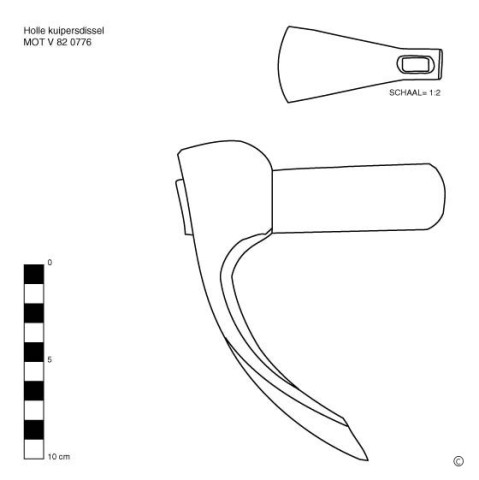
Cooper's howel adze
This text can only be consulted in Dutch
<https://www.mot.be/resource/Tool/coopers-howel-adze?lang=nl>
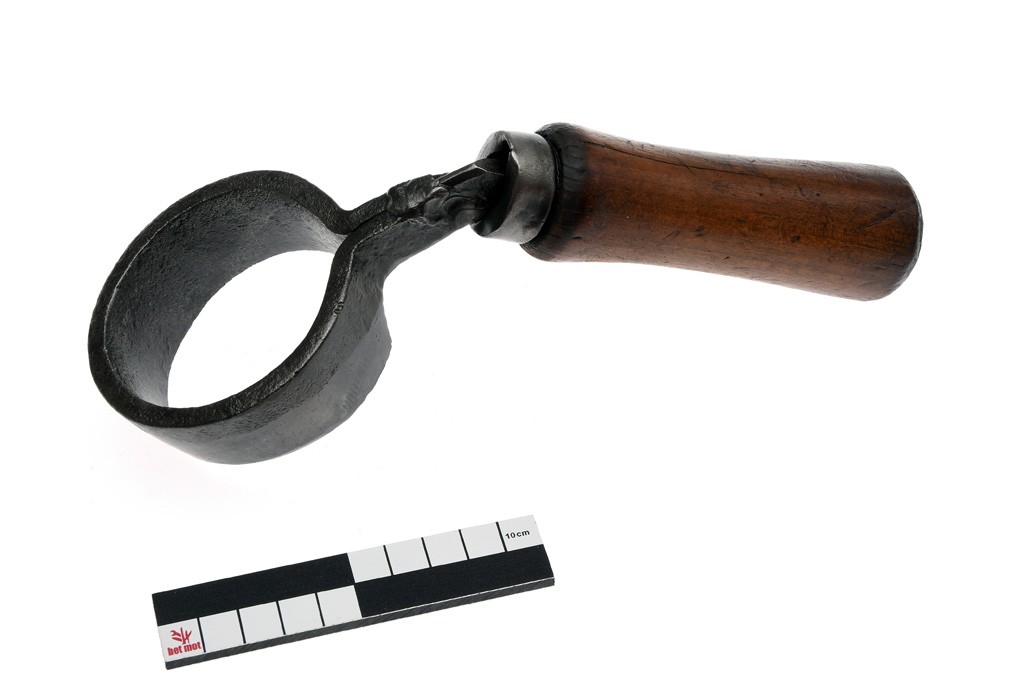
Cooper's inshave drawing knife
This text can only be consulted in Dutch
<https://www.mot.be/resource/Tool/coopers-inshave-drawing-knife?lang=nl>
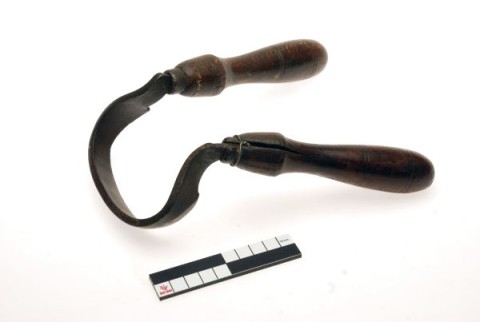
Cooper's round shave drawing knife
Round shave drawing knife
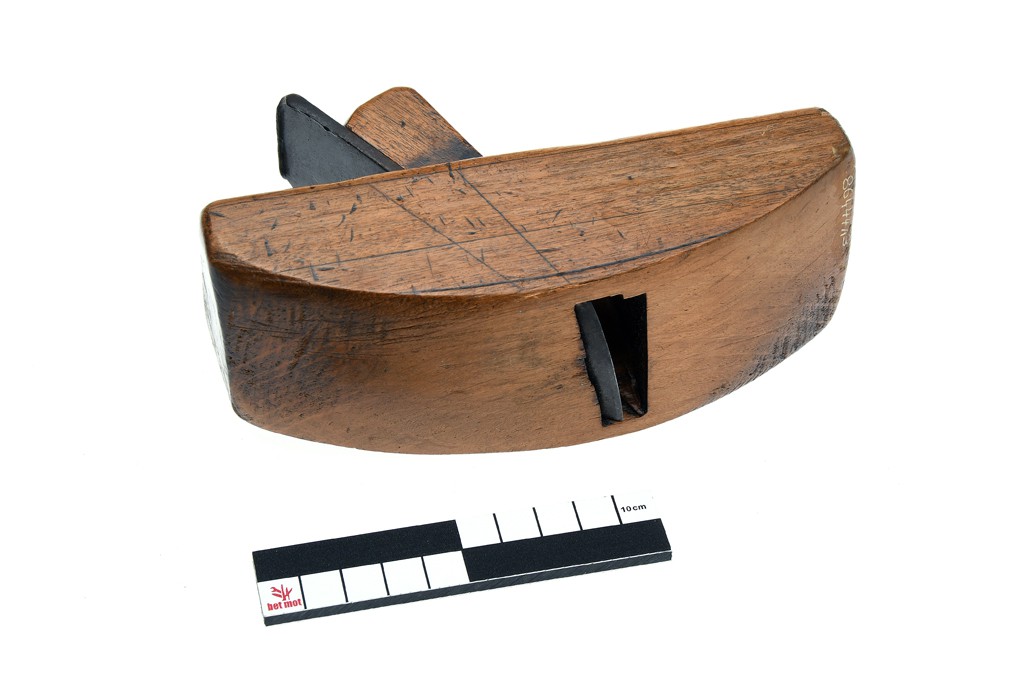
Cooper's stoup plane
This text can only be consulted in Dutch
<https://www.mot.be/resource/Tool/coopers-stoup-plane?lang=nl>
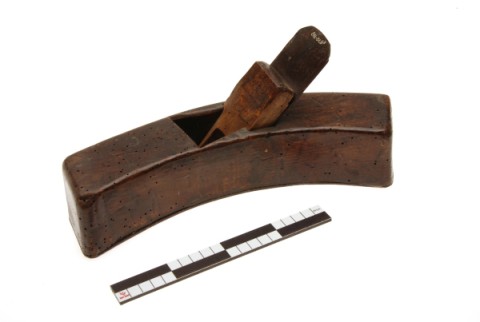
Cooper's sun plane
This text can only be consulted in Dutch
<https://www.mot.be/resource/Tool/coopers-sun-plane?lang=nl>
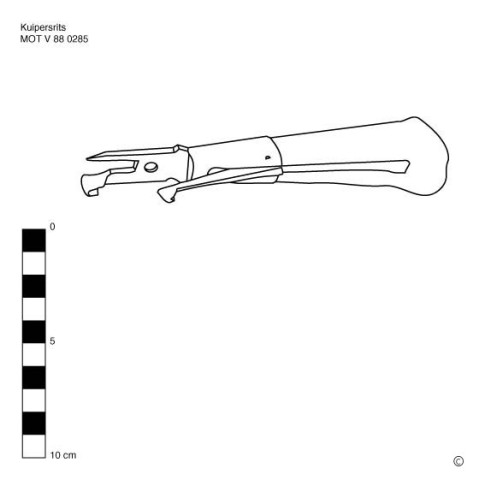
Cooper's timber scribe
This text can only be consulted in Dutch
<https://www.mot.be/resource/Tool/coopers-timber-scribe?lang=nl>
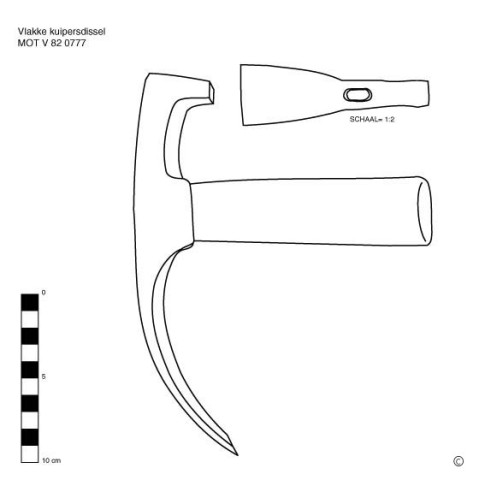
Cooper's trussing adze
This text can only be consulted in Dutch
<https://www.mot.be/resource/Tool/coopers-trussing-adze?lang=nl>
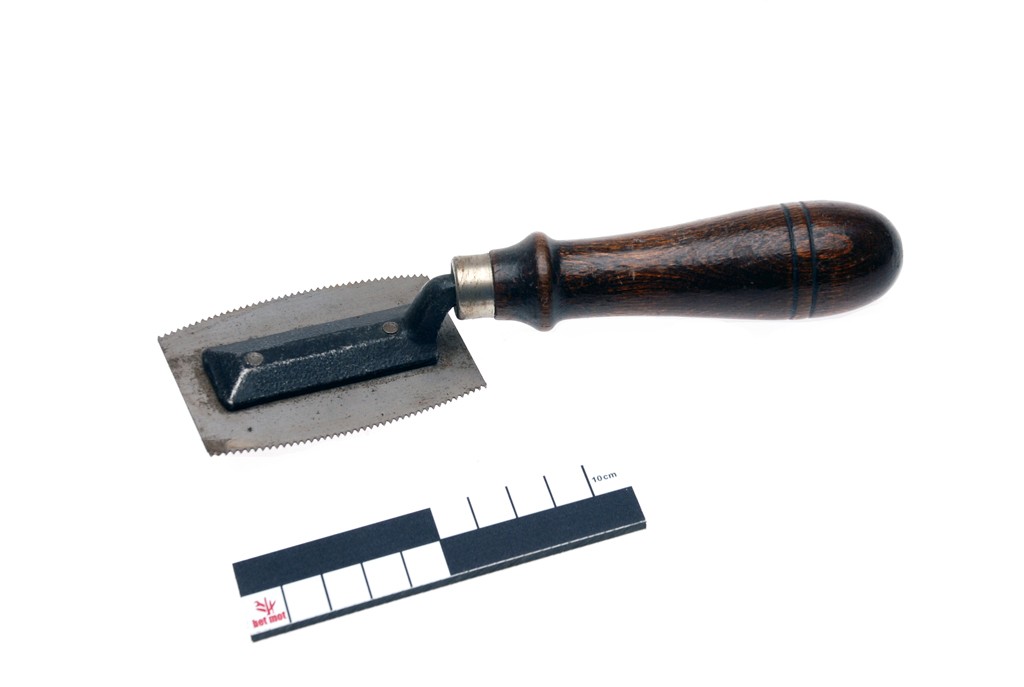
Coping saw
This text can only be consulted in Dutch
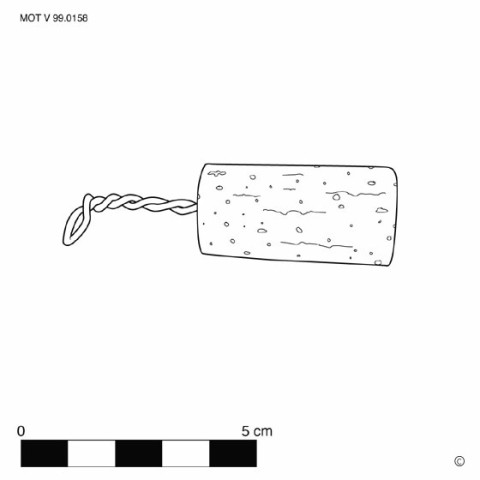
Coring hook
This text can only be consulted in Dutch
<https://www.mot.be/resource/Tool/coring-hook?lang=nl>
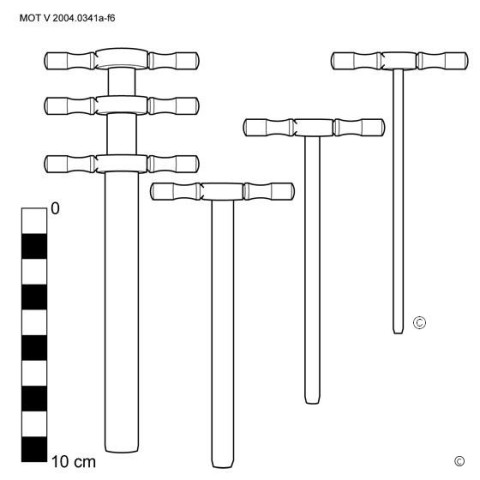
Cork borer
This text can only be consulted in Dutch
<https://www.mot.be/resource/Tool/cork-borer?lang=nl>
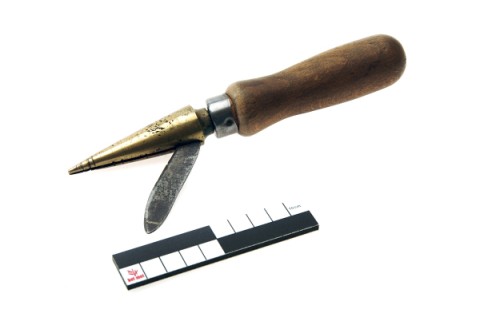
Cork cutter sharpener
This text can only be consulted in Dutch
<https://www.mot.be/resource/Tool/cork-cutter-sharpener?lang=nl>
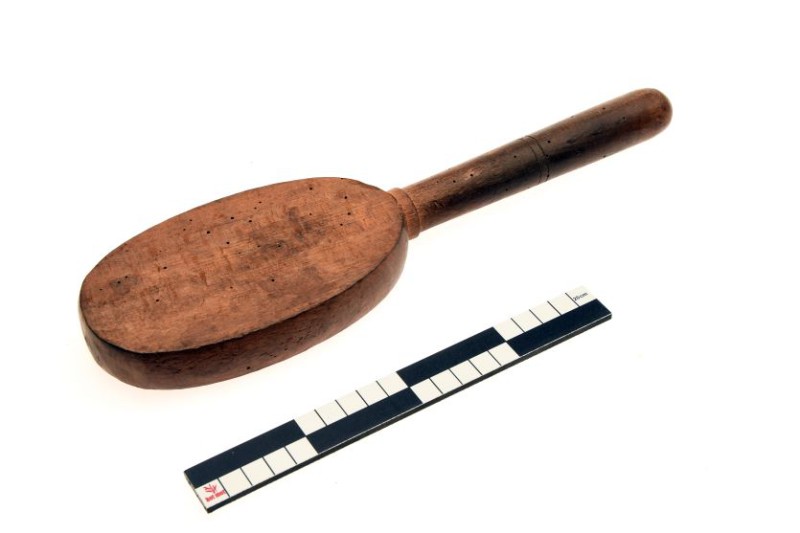
Cork driver
Monoxile hand tool with a flat, often oval-shaped part that is tapped. It
has a straight handle - distinguishable from the laundry beater - for
knocking the cork into the bottle. Bottles can also be corked with a
corking machine. [MOT]
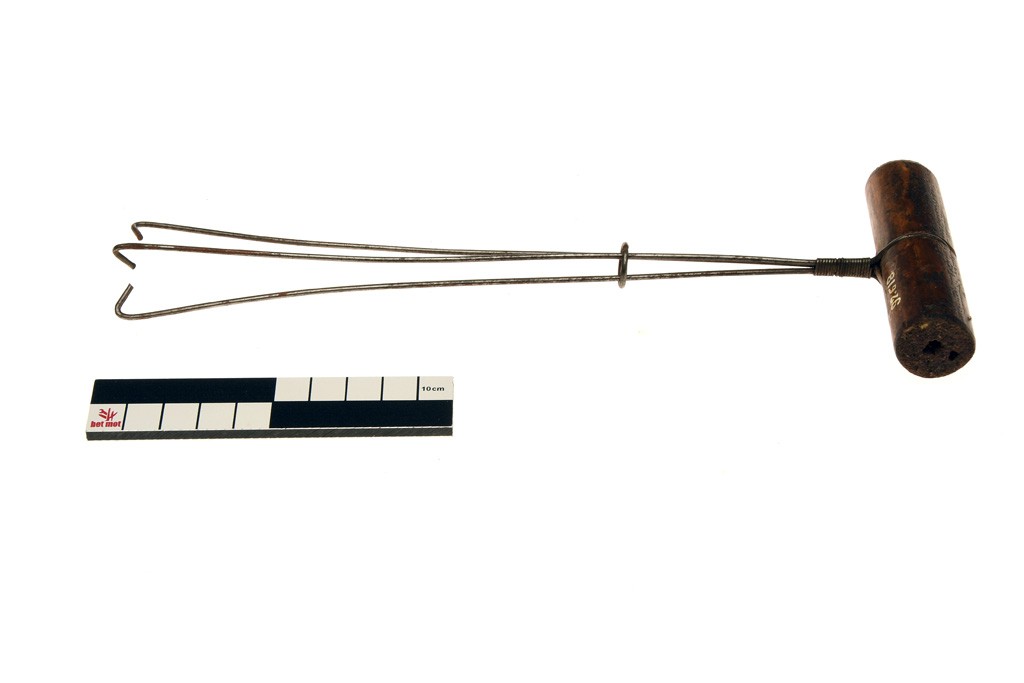
Cork puller
When a bottle is uncorked and the cork accidentally ends up in the bottle,
it can easily be removed with a cork puller. It consists of three long,
narrow metal wires that are bent at the end and with which the cork can be
grasped and pulled out of the bottle. [MOT]
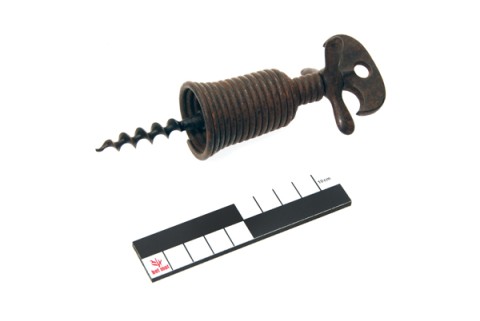
Cork screw
This text can only be consulted in Dutch
<https://www.mot.be/resource/Tool/cork-screw?lang=nl>
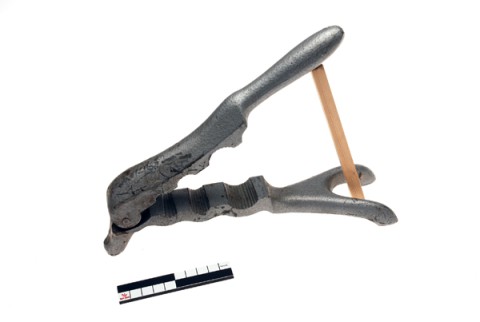
Cork squeezer
This text can only be consulted in Dutch
<https://www.mot.be/resource/Tool/cork-squeezer?lang=nl>
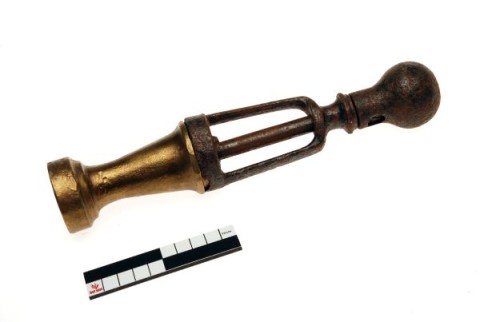
Corking machine
This text can only be consulted in Dutch
<https://www.mot.be/resource/Tool/corking-machine?lang=nl>
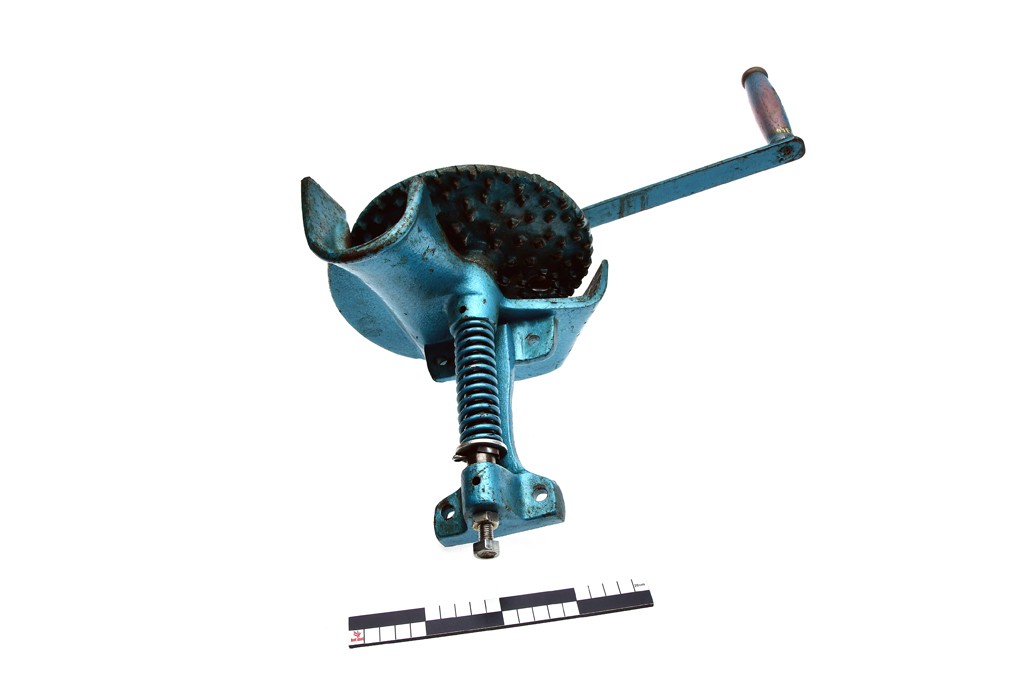
Corn sheller
This text can only be consulted in Dutch
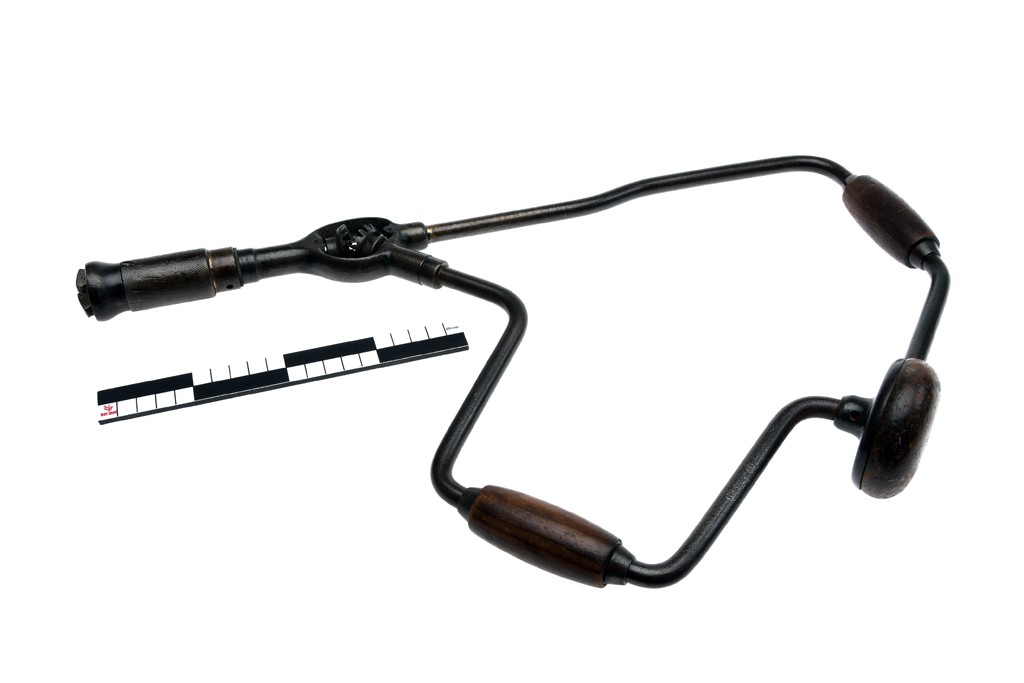
Corner brace
This text can only be consulted in Dutch
<https://www.mot.be/resource/Tool/corner-brace?lang=nl>
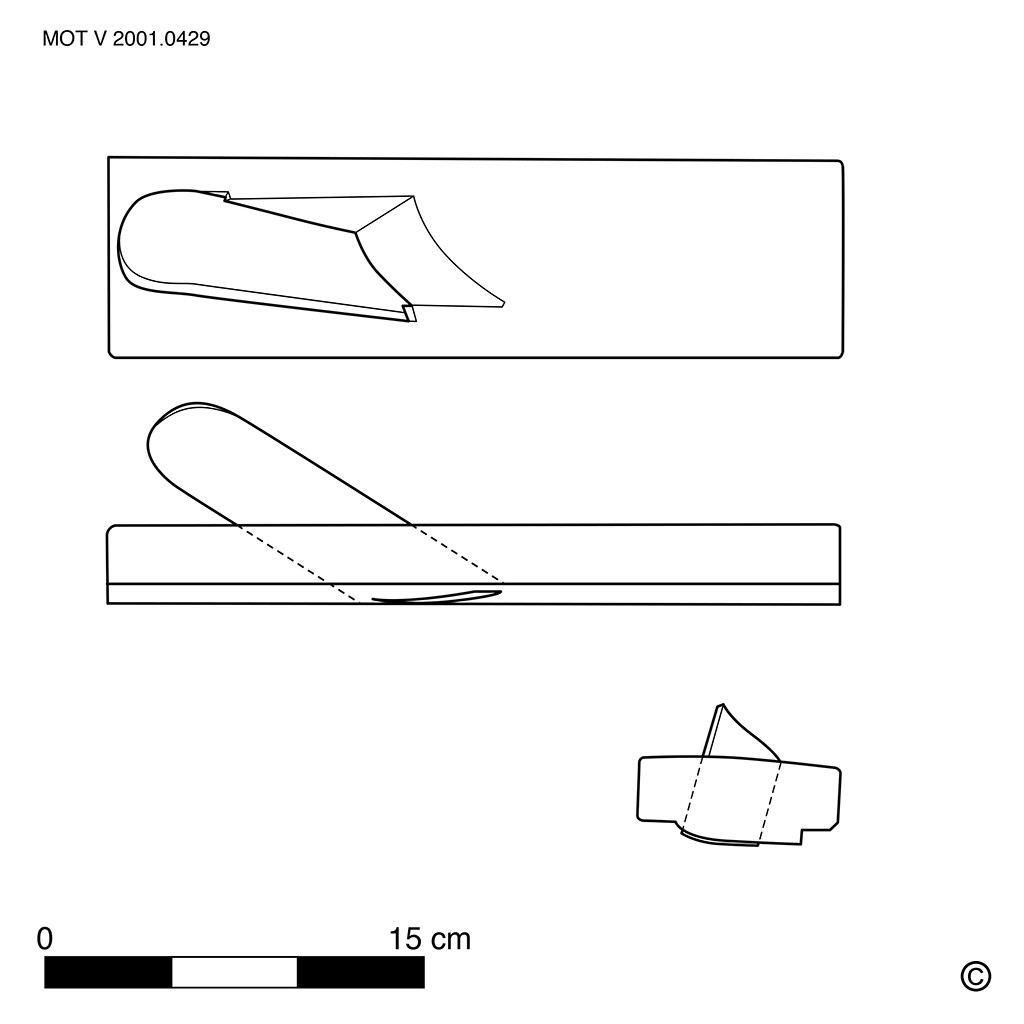
Corner-rounding plane (Japanese)
The Japanese corner-rounding plane (1). (1) ODATE: 118.
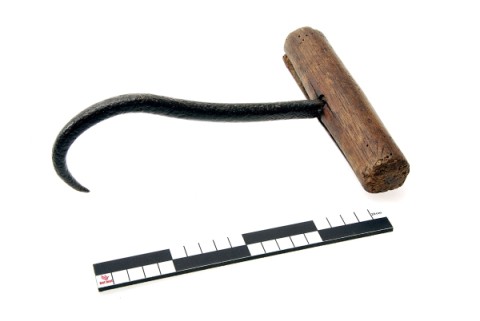
Cotton hook
Hand tool that can be used to move bales. It may be a metal S-shaped hook
(approx. 20 cm long; approx. 300 gr) with a wooden T-shaped handle, similar
to the wood hook and the box hook. It can also be a double crochet. See
also this cargo hook. [MOT]
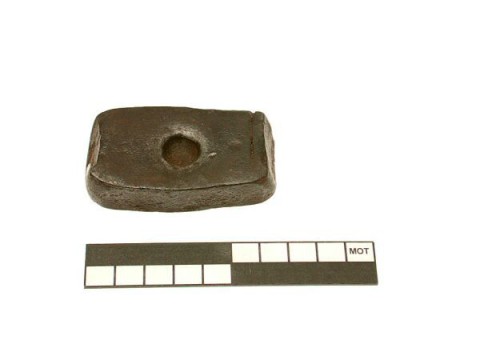
Counter punch
This text can only be consulted in Dutch
<https://www.mot.be/resource/Tool/counter-punch?lang=nl>
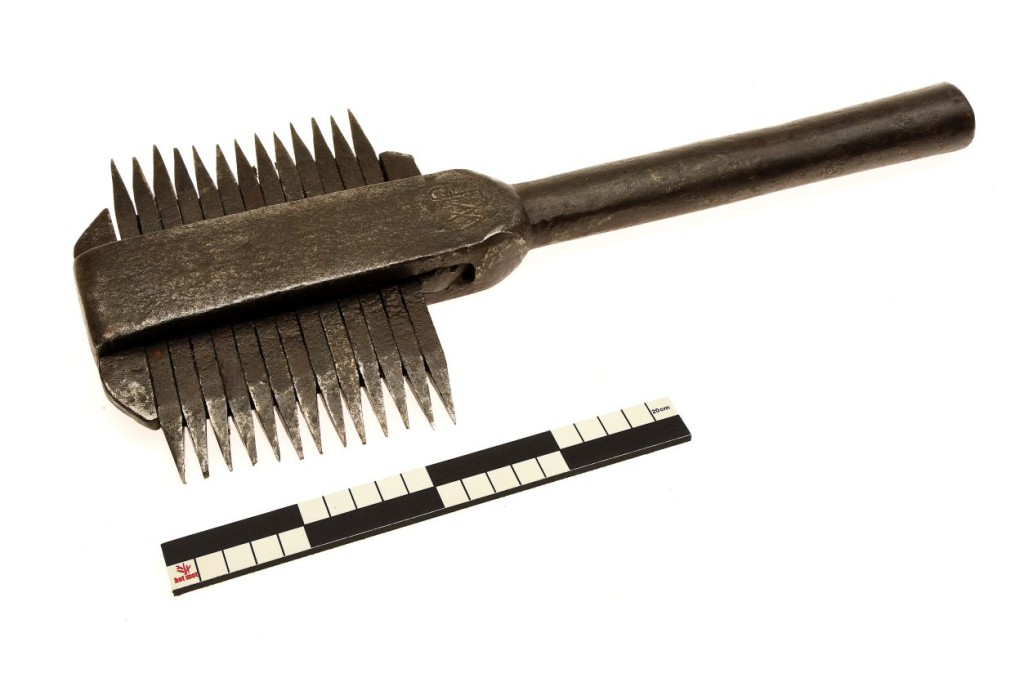
Crandall hammer
Hand tool of a stonecutter to hammer away the irregularities on a hard
stone face. It is composed of a number of pointed irons, held together in a
bracket with a locking wedge. The handle can be wood or metal. Since the
irons are easily exchangeable, they can be individually sharpened or
forged. This hand tool is no longer actively used. (1) See also the bush
hammer. [MOT] (1) Due to the excessive dust formation, it would already be
prohibited in the Netherlands in 1921. See JANSE 1997: 26.
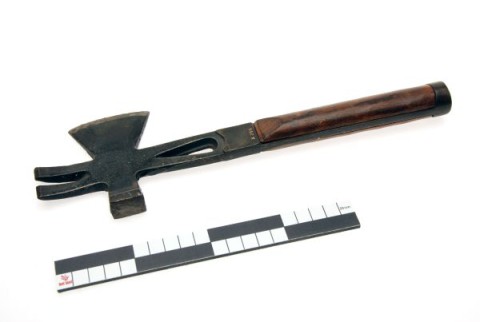
Crate axe
Some bulky or fragile goods are transported in wooden crates. Sometimes a
nail extractor, but usually a crowbar is used to open them. The latter is
sometimes combined with an ax and a hammer; it then becomes a crate ax.
There are several models of that composite tool. In general, it is made
entirely of iron and weighs 0.4-0.8 kg. The handle continues above the ax
and the hammer; he forms a crowbar there. Sometimes a drop-shaped hole is
drilled in the stem or a notch in the blade of the ax to pull out long
nails. [MOT]
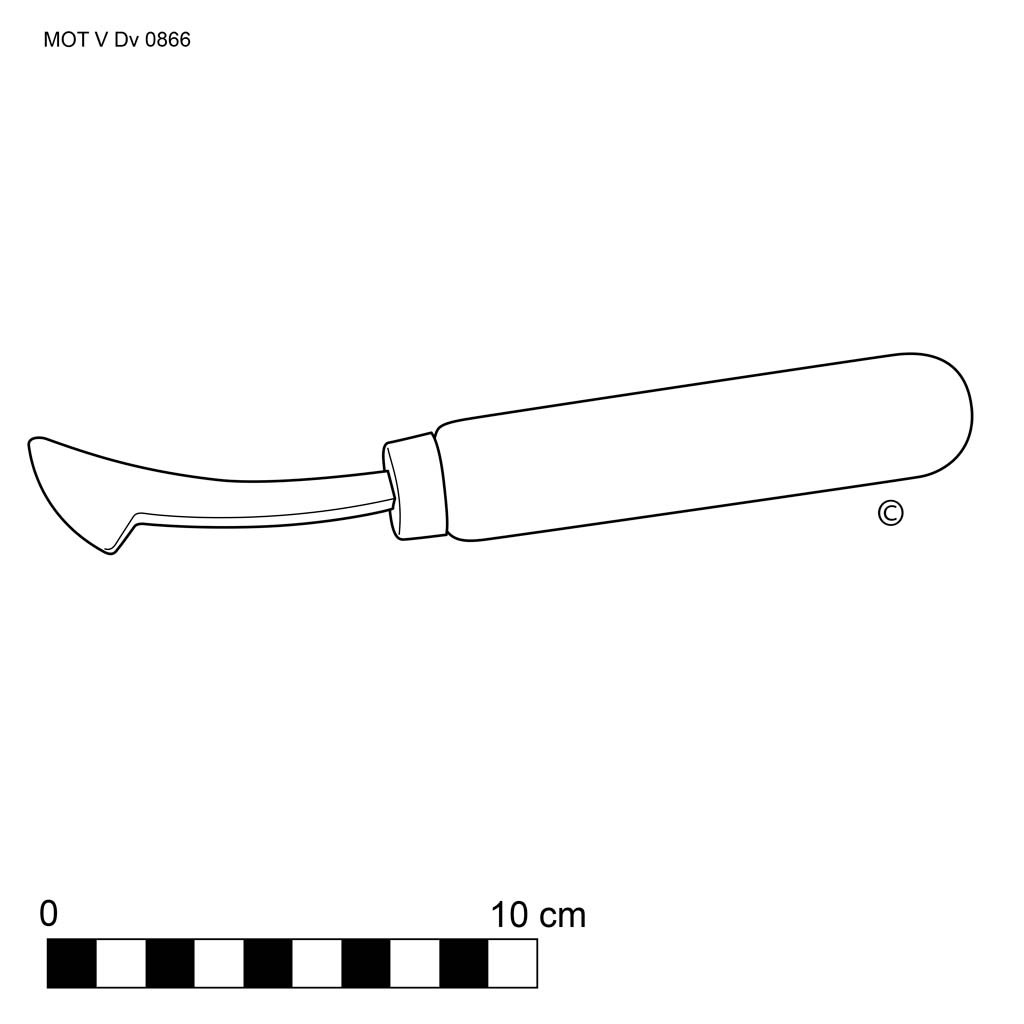
Creasing iron
This text can only be consulted in Dutch
<https://www.mot.be/resource/Tool/creasing-iron?lang=nl>
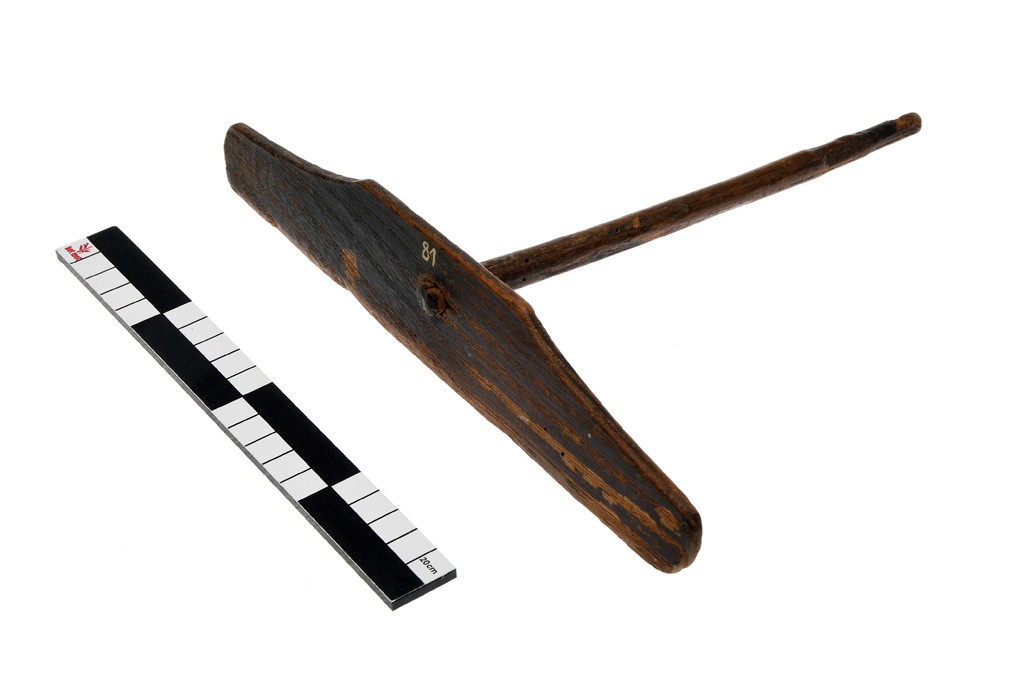
Crepe spreader
This text can only be consulted in Dutch
<https://www.mot.be/resource/Tool/crepe-spreader?lang=nl>
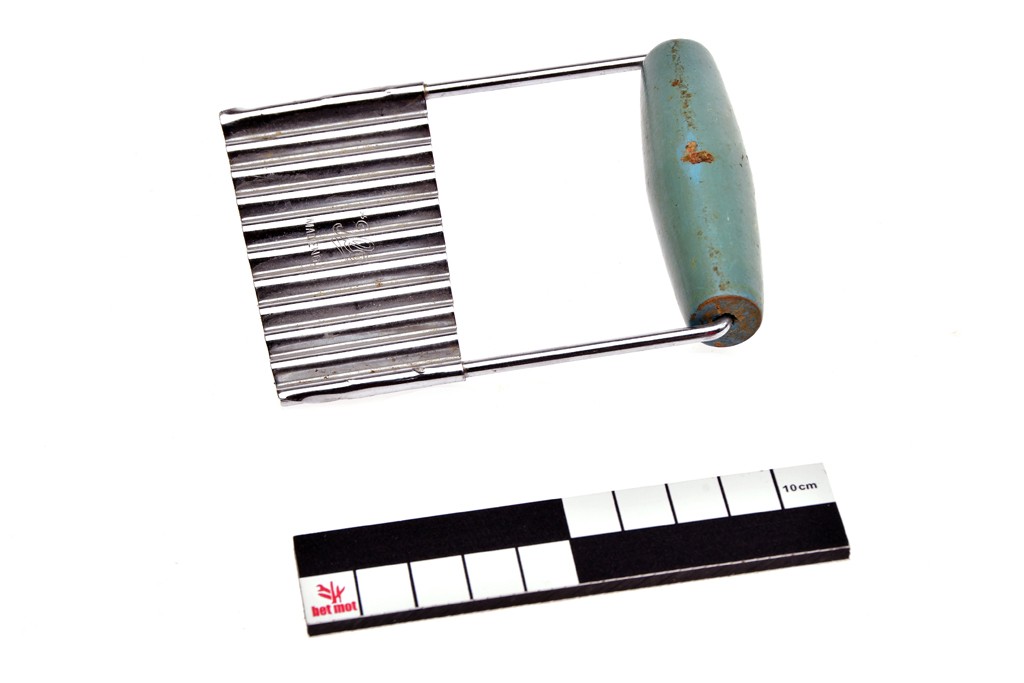
Crinkle cutter
This text can only be consulted in Dutch
<https://www.mot.be/resource/Tool/crinkle-cutter?lang=nl>
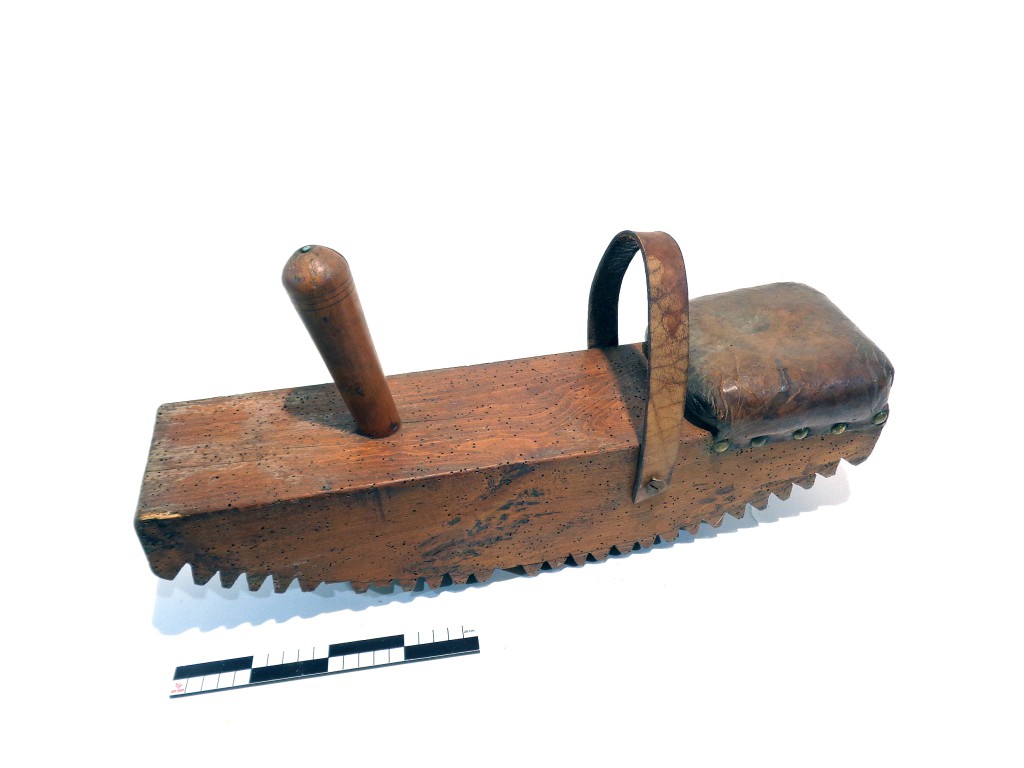
Crippling board
This text can only be consulted in Dutch
<https://www.mot.be/resource/Tool/crippling-board?lang=nl>
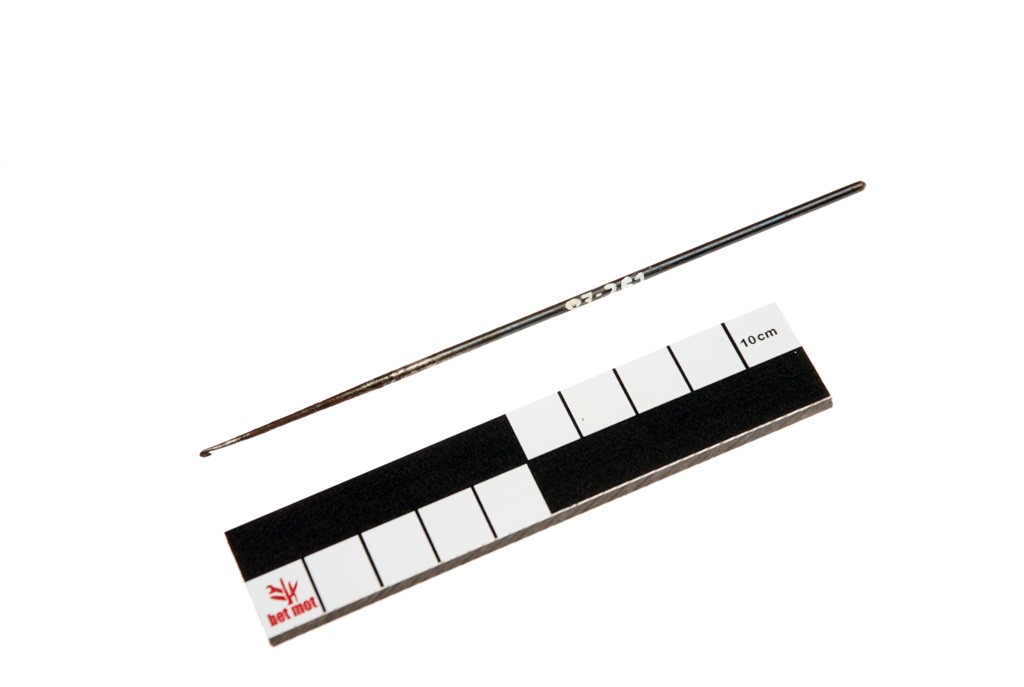
Crochet hook
This text can only be consulted in Dutch
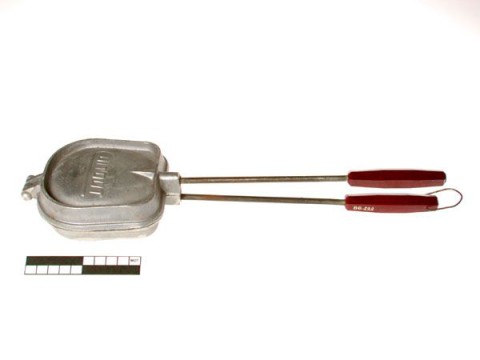
Croque-monsieur iron
This text can only be consulted in Dutch
<https://www.mot.be/resource/Tool/croque-monsieur-iron?lang=nl>
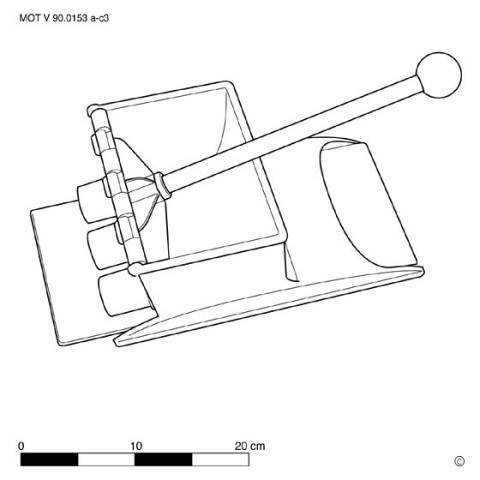
Croquette press
Kitchen appliance with which you can press croquettes. It has a cylindrical or square, usually plastic housing with one or more tubular projections at the bottom and a rotating crank or rod that acts as a lever. The croquette press is filled with mashed potatoes and with the help of the crank or rod a plate is pushed downwards, the mashed dough presses through the tubular projection. In this way a long sausage shape is formed, which is then cut into smaller pieces - the size of one croquette. On some models there is a carrying board on wheels that is slid under the press and on which the pressed croquettes end up. See also the croquette tongs. [MOT]
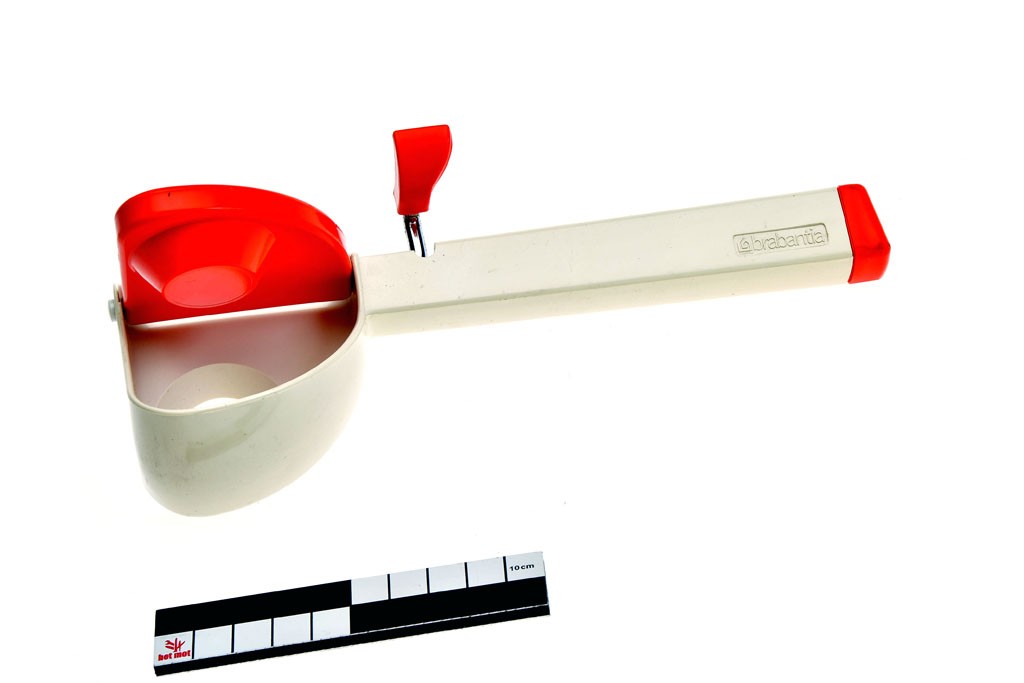
Croquette tongs
This text can only be consulted in Dutch
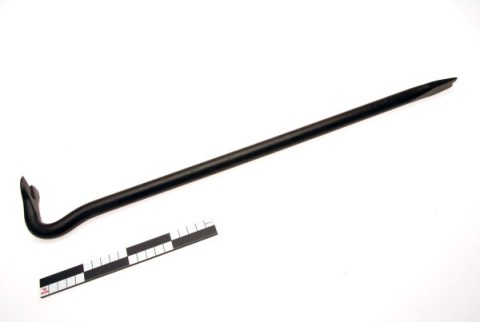
Crow bar
The crow bar is a metal round or flat bar of approx. 25-105 cm, with a
slightly curved split end, the claw, to pull out nails. The internal edges
of the slit are usually chamfered for easier nail grasping. The bottom end
of some large models is curved C-shaped to pull out longer nails. The other
end of the crow bar is often forged flat to break open boxes. The Japanese
crowbar (Japanese: kajiya) differs in shape from the western model. It has
two right-angle claws. On the curved side there is a flat striking surface
on which one can hit with the hammer. To remove nails, the upholsterer and
shoemaker use a small crow bar, the pin lifter with wooden handle. The
furrier uses a comb-shaped tool. The crow bar can be distinguished from the
handspike and the pinch bar. See also crate axe.
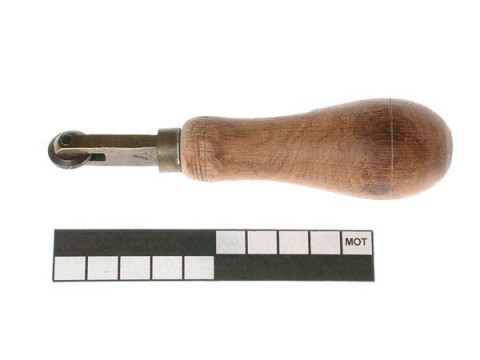
Crow wheel
The crow wheel is a shoemaker's tool (approx. 12-14 cm) that consists of a
small (approx. 1 cm diameter; a few millimeters wide) wheel with a motif
that is fixed in a copper U-shaped bracket and a wooden handle. After it
has warmed up, it is rolled over the center of the shoe sole to create a
decorative line pattern there. [MOT]
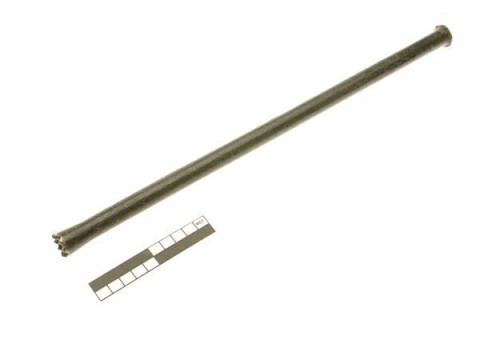
Crown drill
This text can only be consulted in Dutch
<https://www.mot.be/resource/Tool/crown-drill?lang=nl>
Crown saw auger
This text can only be consulted in Dutch
<https://www.mot.be/resource/Tool/crown-saw-auger?lang=nl>
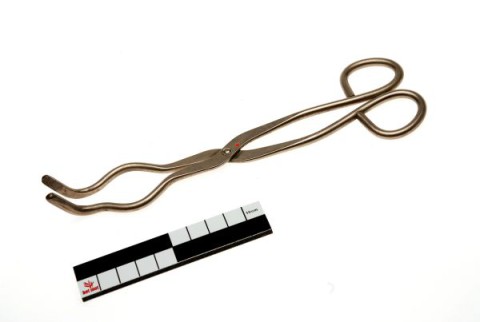
Crucible tongs
Crucible tongs are metal tongs with relatively long arms (approx. 10-40 cm)
and convex curved jaws, with which the melting pot can be removed from the
fire. Large versions of crucible tongs are also used in founding metals
like bronze to pour the molten metal into the mould. These tools are 2 to 4
meters long and must be handled with two people (1). [MOT] (1) One also
speaks of 'foundry ladle' or 'bull ladle'. See SELLENS, 270.
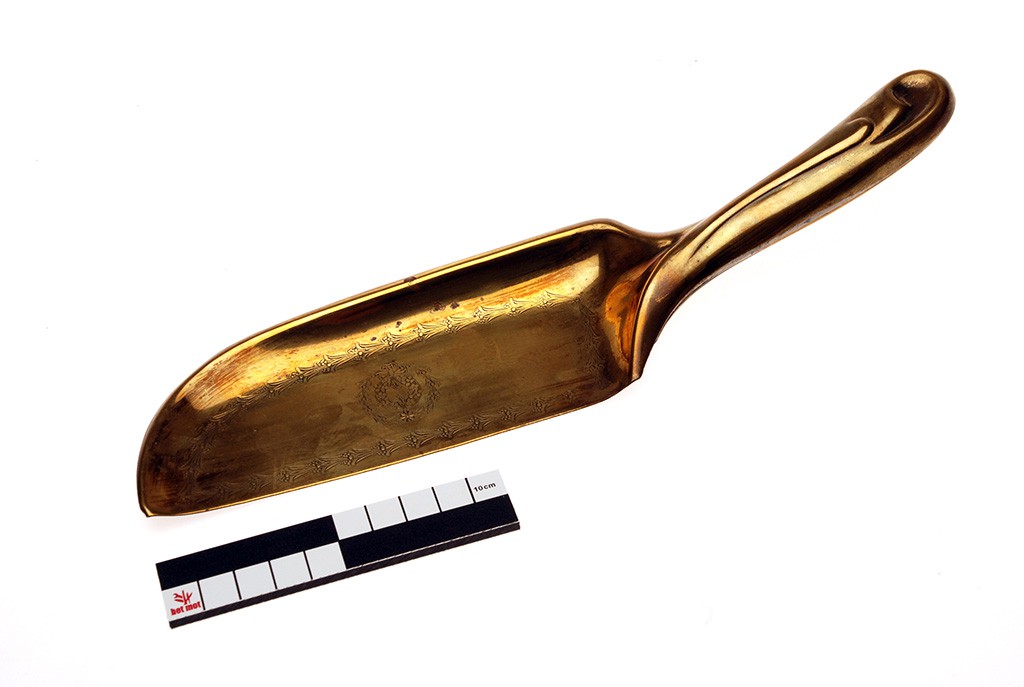
Crumb scraper
This text can only be consulted in Dutch
<https://www.mot.be/resource/Tool/crumb-scraper?lang=nl>
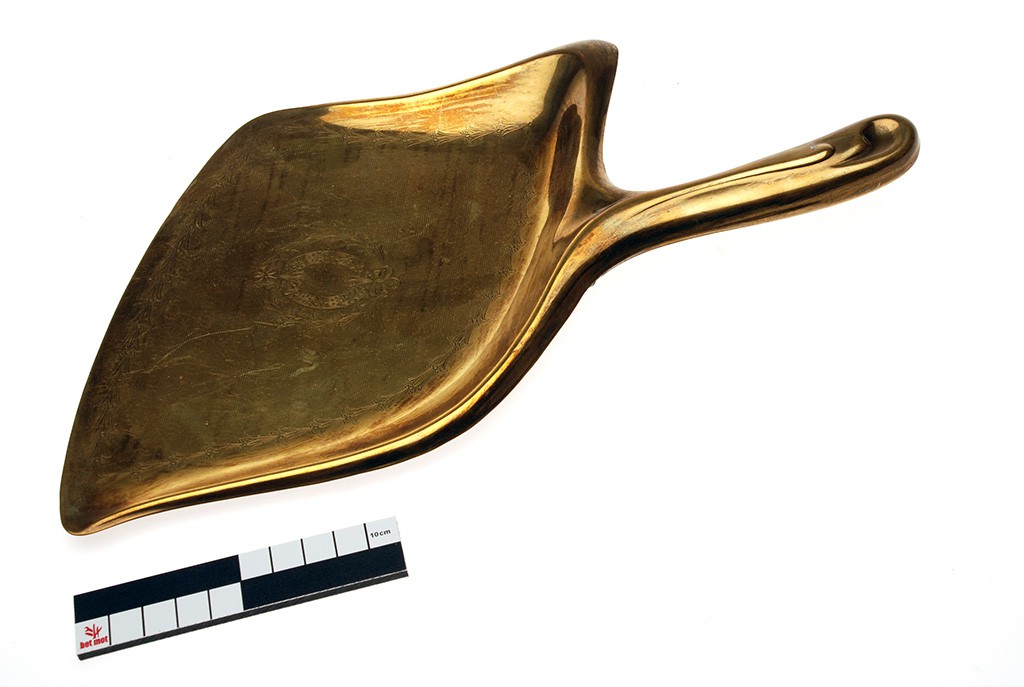
Crumb tray
This text can only be consulted in Dutch
<https://www.mot.be/resource/Tool/crumb-tray?lang=nl>
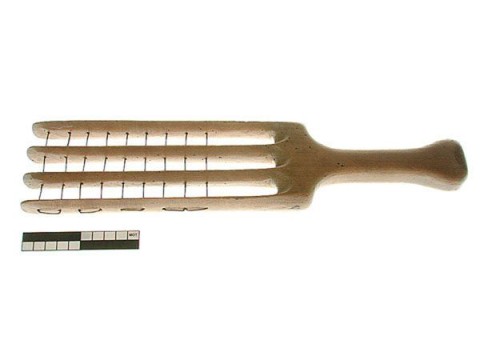
Curd harp
Curd harp to stir the cheese curd to become dryer after it has been cut
with the curd knife. For a desciption of this tool, see the dutch version
of this tool page. [MOT]
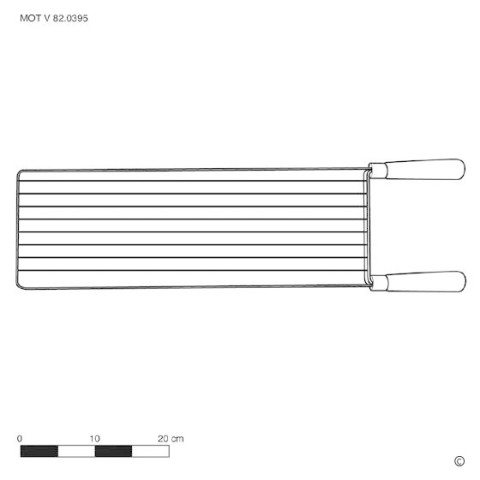
Curd knife
This text can only be consulted in Dutch
<https://www.mot.be/resource/Tool/curd-knife?lang=nl>
